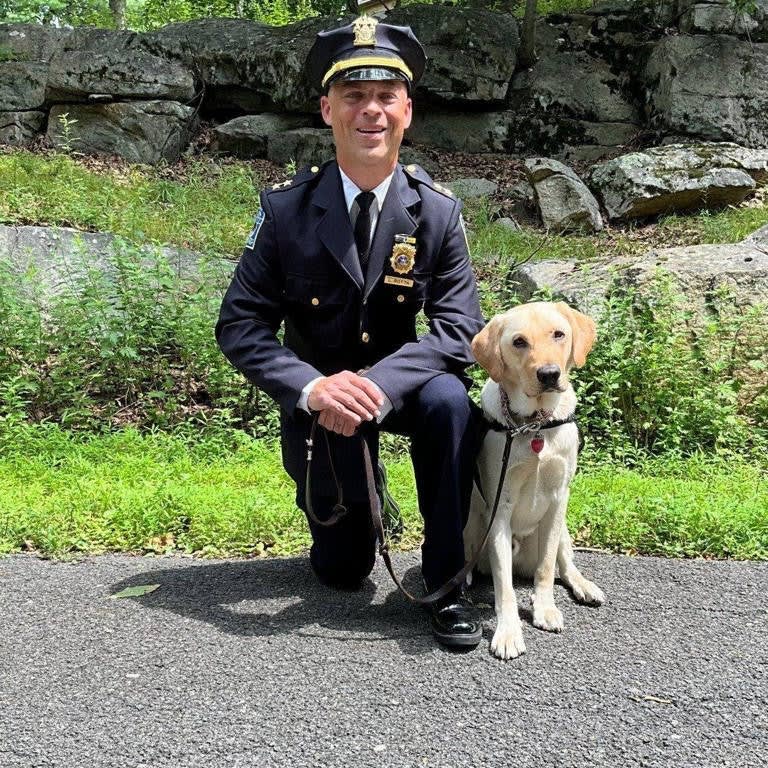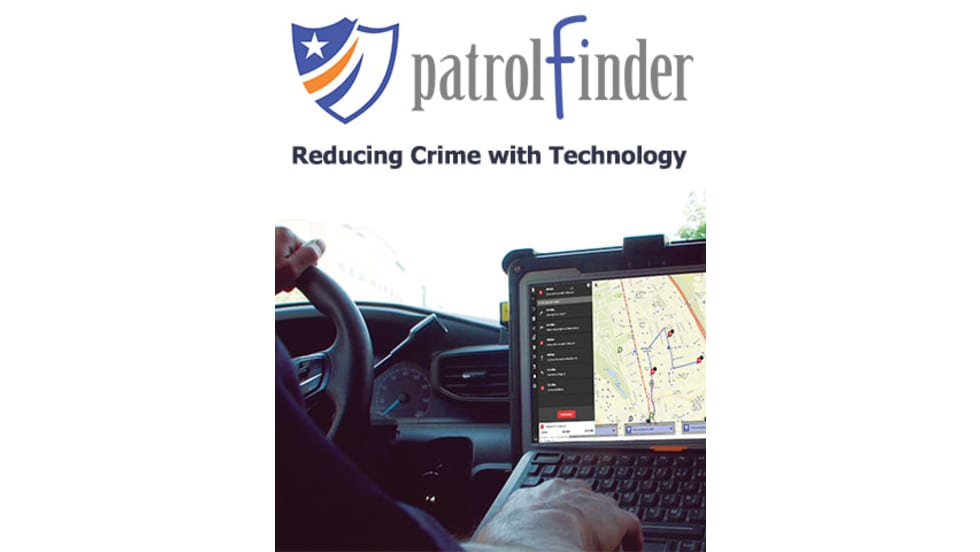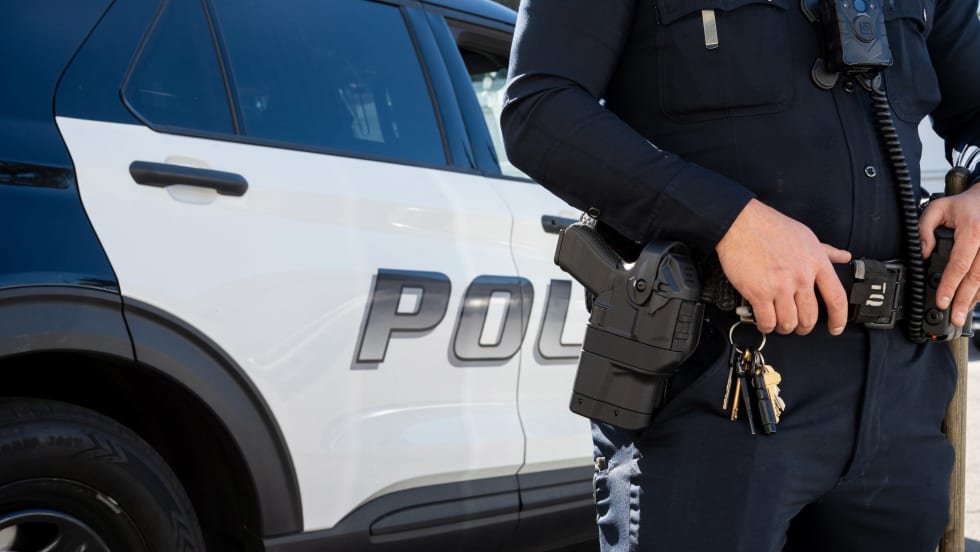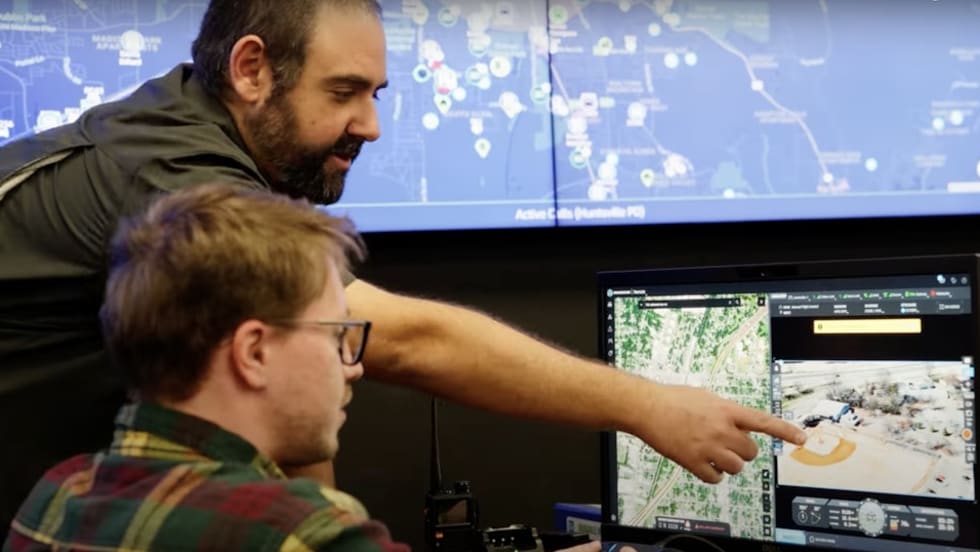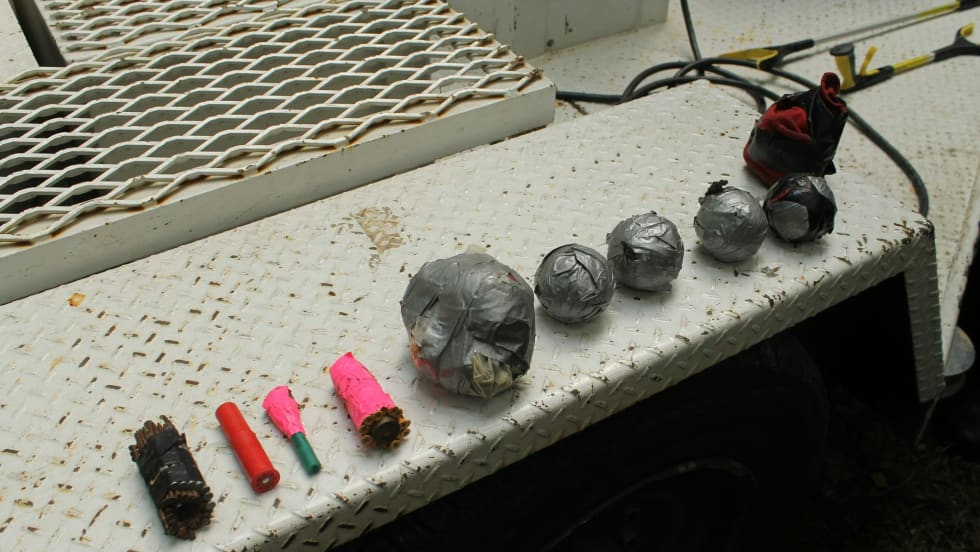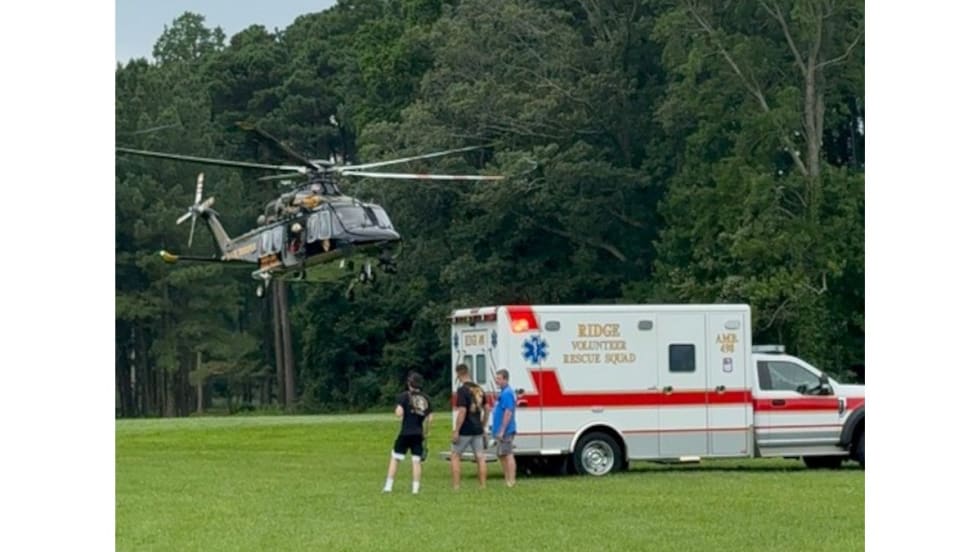The right officer also needs an assignment that aligns with the dog, he adds. Officers should be in an administrative or school resource officer role. They cannot be working patrol, Rotta says.
The second is the officer needs to be willing and physically able to exercise the dog every day. These K9s are still young and have plenty of energy. “They need to run. They love to swim,” he says. “The training socializes them and teaches them to be calm, but you still have to get out the energy out. Exercise, to me, is as important as the training.”
How to Get a Dog
Agencies interested in receiving a dog from Puppies Behind Bars must complete an application that provides detailed information about the department, the intended handler, and the dog's future home.
"The application asks about your department, the handler’s experience, where the dog will live, whether there’s a yard, if they will have time to exercise the dog, and how they plan to use the dog," explains Stoga. “The application ensures that each dog is placed in an environment where it will thrive and be fully supported in its role.”
Puppies Behind Bars donates to K9, but departments can expect the dog to cost about $2,300 a year in food, veterinary bills, and related K9 equipment. However, those expenses, says Rotta, pale in comparison to what the dog can do.



